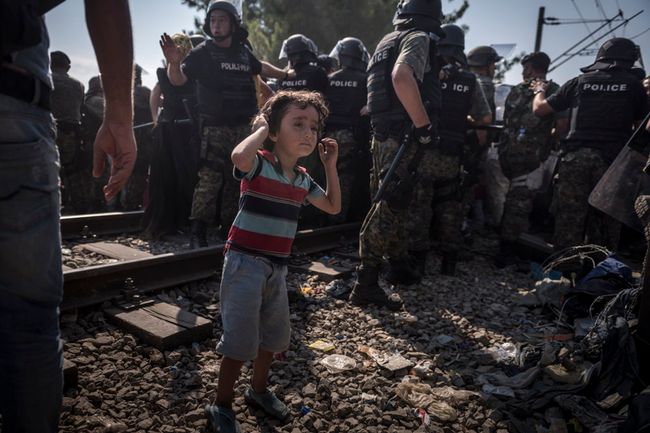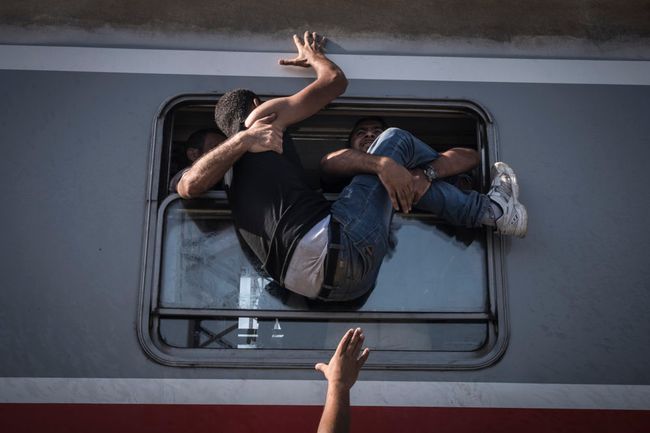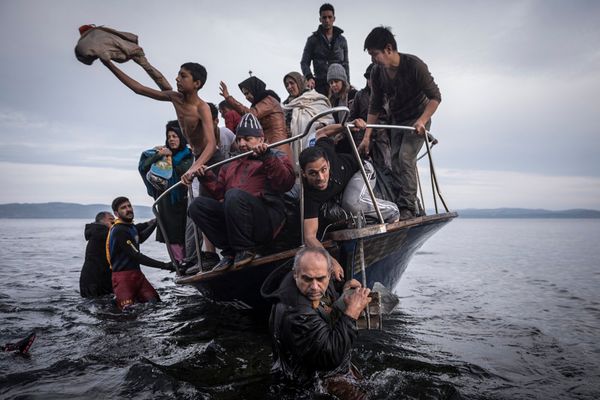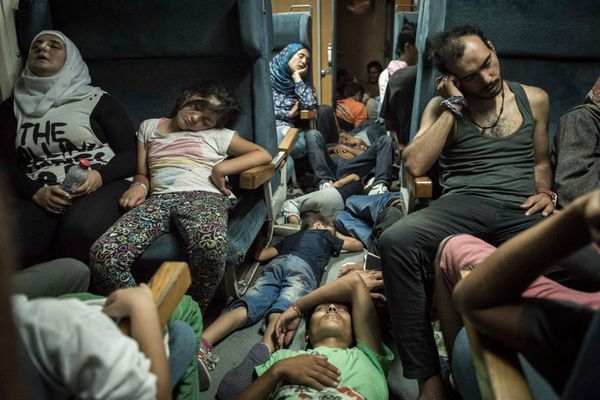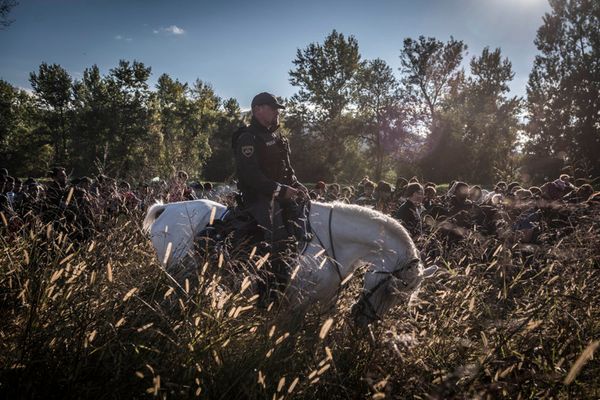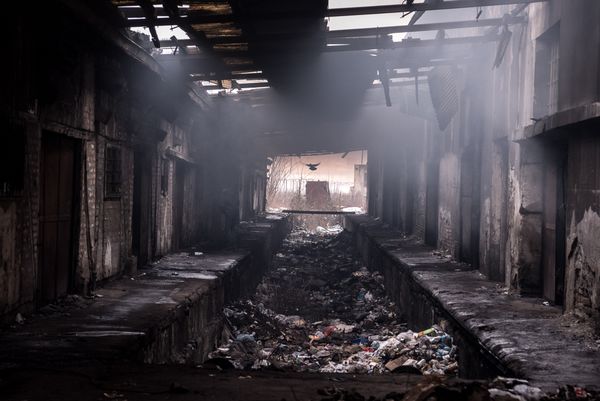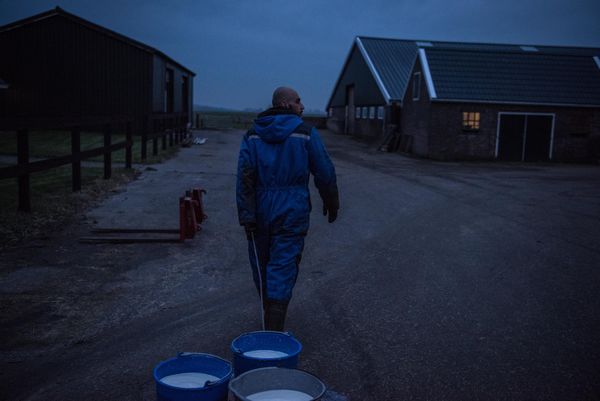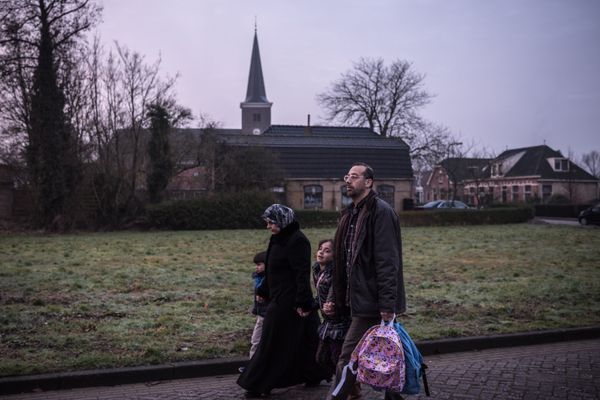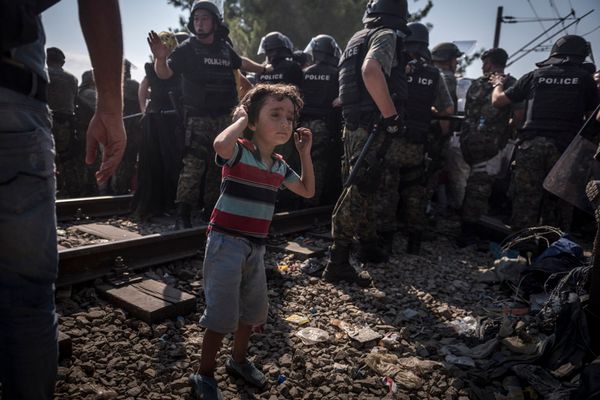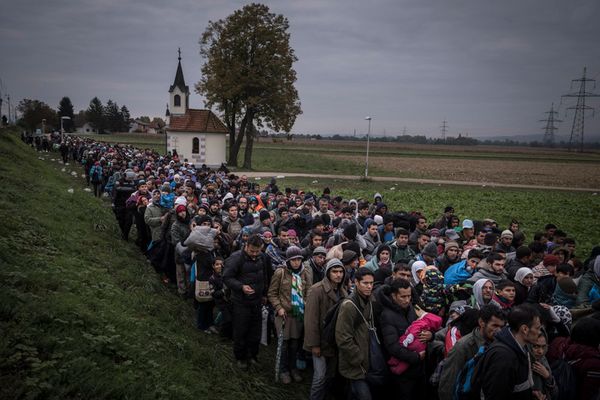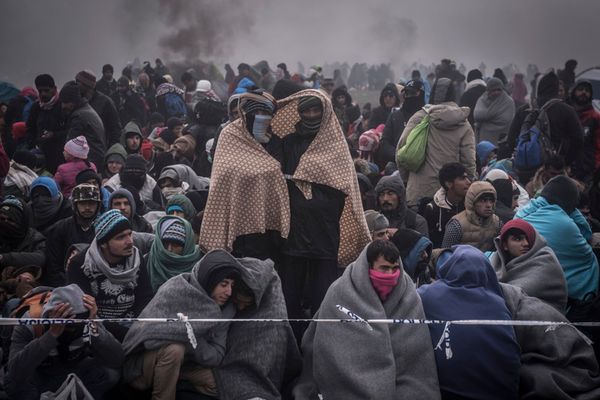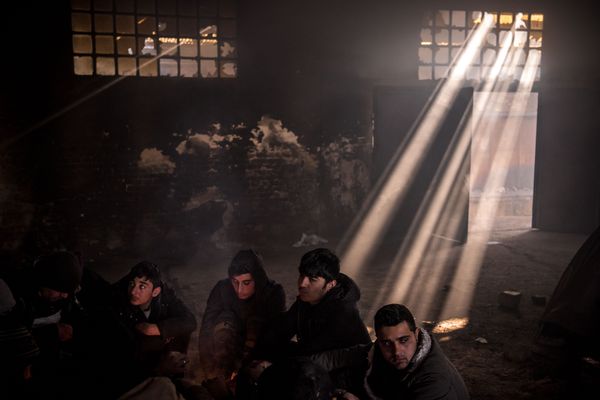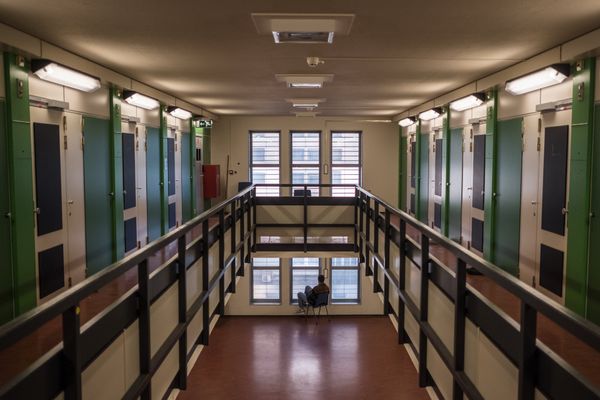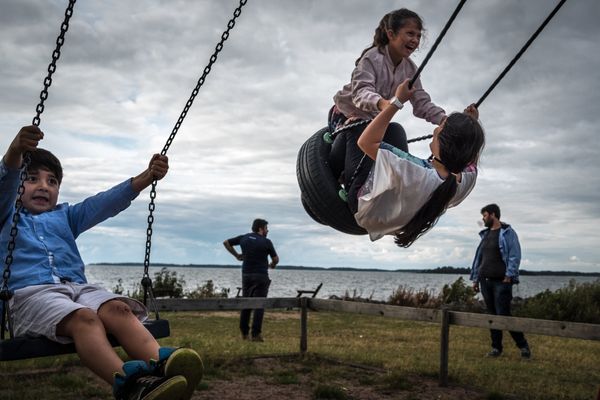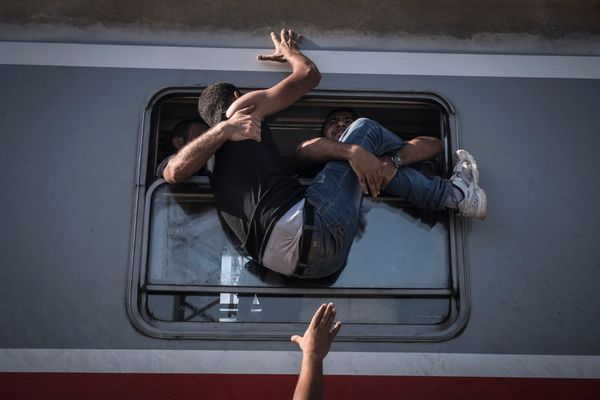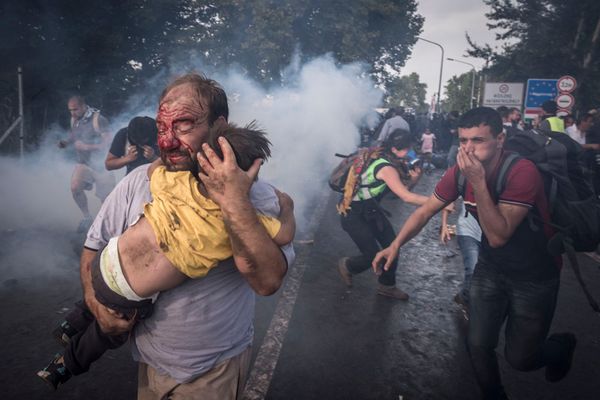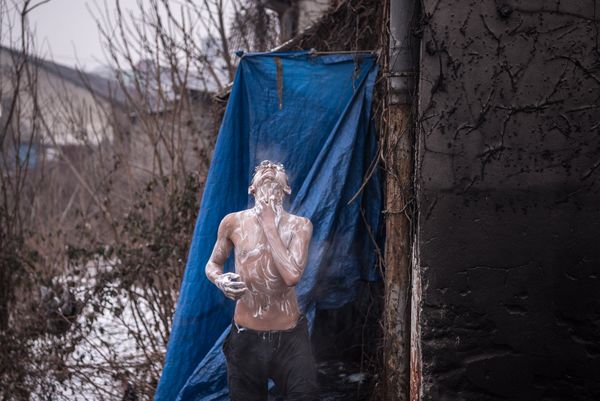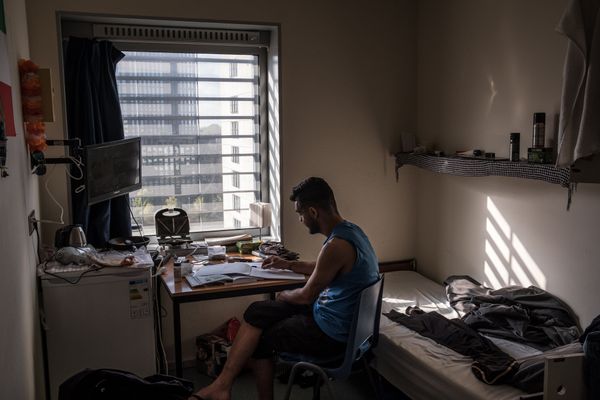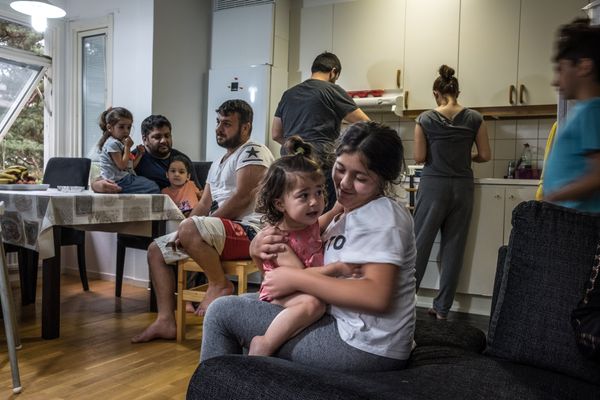Exodus: A Long Way Home
-
Dates2015 - Ongoing
-
Author
- Topics Social Issues, Contemporary Issues, War & Conflicts
- Locations Germany, Greece, North Macedonia, Croatia, Netherlands, Sweden, Serbia, Serbia, Slovenia
Exodus: A Long Way Home is a personal photobook project inspired by my time covering the ‘Balkan route’ traversed by some one million refugees.
At the core of the project is the notion that migration is about much more than the physical movement of people. It is about shifting identities, as nations and peoples shape one other. It is about rebuilding lives and homes from zero. It is motivated by a desire to keep telling this story, even after the cameras and journalists have moved on to the next headline.
“We must go.” I heard that phrase repeated hundreds of times, on the pebbled beaches of the Greek islands, at the closed borders in Serbia and Hungary, and in the desperate camps of Idomeni and Athens.
During the year that I followed the migrant crisis I saw thousands of traumatised people arrive on the shores of Europe—exhausted, wet and cold. They came from Syria, Iraq, and Afghanistan; from Somalia, Iran, Pakistan, Eritrea, Sudan; and from dozens of other poor and war-torn countries. It was the mantra of the desperate.
I walked with them through fields, rivers and borders. They took only the possessions they could carry on their backs. They walked until their feet were so blistered they could not take another step. Often they didn’t know where they were going, or even what country they were in.
The migrant crisis is one of the defining stories of our time. But while the physical exodus of more than one million people from Middle Eastern and African countries to Western and Northern Europe has attracted a huge amount of media attention, much less consideration has been given to what happens next.
While covering the ‘Balkan route’ for The New York Times, what struck me was how the physical journey was just the first chapter in this story. From the moment these people set foot ashore in Greece their past lives were no more than a memory, their futures were uncertain, and their journey into the unknown had truly begun. Houses, possessions, and loved ones were all left behind. Lives had to be rebuilt from zero.
Exodus: A Long Way Home is a personal photobook project inspired by the refugees I was privileged to follow and meet during their journeys to and through Europe. It is motivated by a desire to keep telling their stories, even after the cameras and journalists have moved on to the next headline.
At the heart of the book is the idea that, while migration is about the physical movement of people and the hardship of their journeys, it is also about much more. It is about shifting identities, as nations and peoples shape one other. It is, to borrow the words of the Russian-Ukrainian writer and poet Nicolay Gogol in his novel The Overcoat, inspired by the “the little but great man,” and how in telling the stories of individuals and their suffering, we can expose the great injustices of the system.
The photobook will be divided into two parts. The first half, Exodus, will feature photos I took working in Greece, Macedonia, Serbia Hungary, Croatia, and Slovenia during 2015 and 2016. As part of this application I have submitted 20 photos from this time period, including images from a series that won a Pulitzer Prize and a photo that won first place in the World Press Photo General News section last year.
The second part of the book, A Long Way Home, will focus on refugees as they navigate new cultures, languages and lives far from their homelands. For this section I will work with Harriet Salem, a British text journalist who has also covered the migrant crisis extensively. For the second part of the book we plan to pair personal narratives, ranging from longer texts to short quotes, with images in a notebook-style formula. This interwoven approach, blending images and texts, aims to give refugees a voice in the telling of their stories.
Over the last two months we have begun working on this second chapter, travelling to Serbia, the Netherlands and Germany. I have also included 20 images from this work as part of the application.
In Amsterdam we have followed the story of Zina, a Syrian woman who I first met on the Slovenia-Croatia border. She's now setting up her own catering business and has cooked for events attended by the royal family. In Friesland, a region in the north of the Netherlands, we visited a family hosting a refugee who works on their dairy farm, milking cows and caring for newborn calves. In Easterlittens we met with villagers who bought a house for a family of Syrian refugees—they are now the only non-Dutch people living in the remote rural area.
In Berlin we visited a church with a congregation that includes more than 1,600 Afghan and Iranian refugees who converted to Christianity since arriving in Germany; some are also living on the premises to avoid deportation under 'Dublin rules'.
In Belgrade we worked in derelict warehouses, where thousands of migrants lived throughout winter in horrific conditions due to the closure of borders.
At a time when the United Nations has warned that there are more forcibly displaced people in the world than any time since World War II, it is my hope that this photobook will shine a spotlight not just on the harshness faced by refugees in leaving their homelands, but also the challenges they face in creating new identities, lives and homes.

